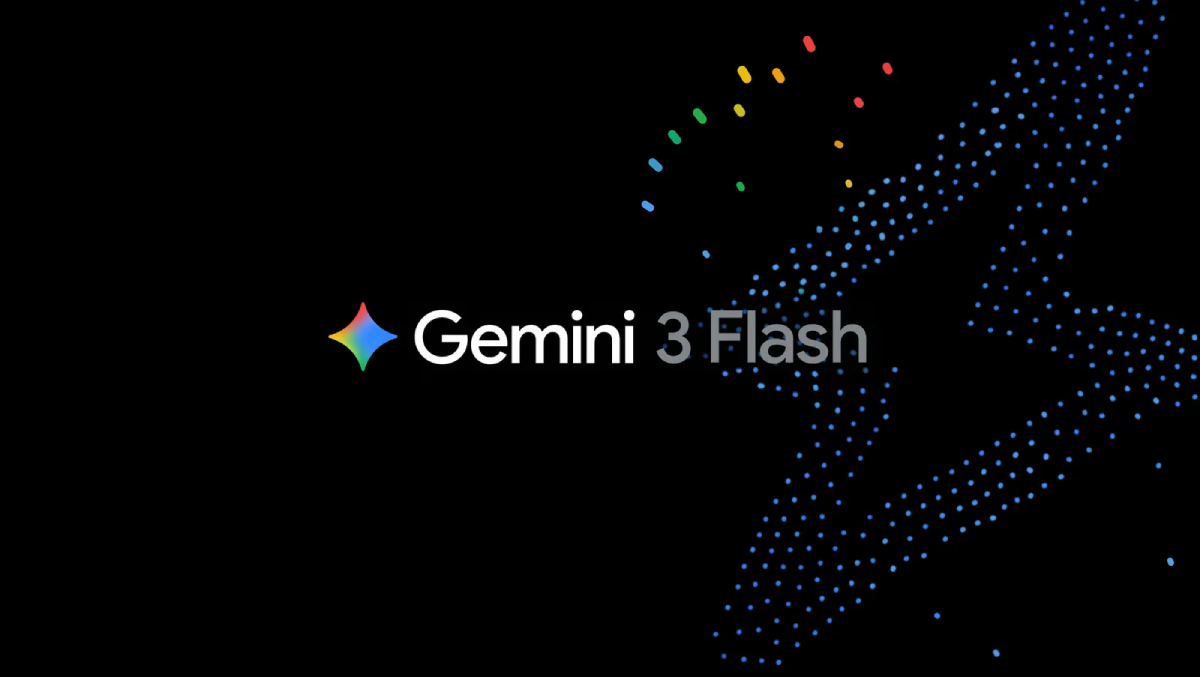Whoa: T-Mobile Gigabit LTE Hits 673 Mbps In Real-World Demo
T-Mobile's Gigiabit LTE Network has expanded to more than 400 markets, and the speeds are very impressive.
On the one side of a table sat a Galaxy Note 8 and LG V30. Next to them were the earlier generations of those phones, the Note 5 and the LG V20. All four phones were attempting to download a full version of Pulp Fiction off of T-Mobile's LTE network.

The Note 8 and V30 completed the task in half the time of their predecessors. And those newer phones' modems and T-Mobile's network played a key role in completing the download so quickly.
Both the Note 8 and the V30 run on the Snapdragon 835 mobile processing platform, which includes Qualcomm's X16 modem. That's the first commercially available modem to support Gigabit LTE, a faster version of the LTE networking standard theoretically capable of supporting 1 Gbps download speeds.
As for T-Mobile's network, it utilizes a trio of wireless technologies — carrier aggregation, 4X4 MIMO and 256 QAM — that can deliver higher speeds to those Gigabit LTE-capable phones.
And that's what T-Mobile, never one to shy away from the spotlight, was here in San Jose, Calif., to talk about today (Nov. 9). Joined by representatives from Qualcomm, T-Mobile says that it's brought high-speed LTE Advanced to more than 920 markets. In 430 of those markets, T-Mobile says that its customers can get Gigabit LTE speeds with capable devices — in this case phones with the latest high-speed modems from Qualcomm.
Those phones include devices powered by Qualcomm's Snapdragon 835 CPU and its X16 modem. Besides the Note 8 and V30, those phones include the Galaxy S8, HTC U11 and Moto Z2 Force.
MORE: Best and Worst Phone Carriers
Get instant access to breaking news, the hottest reviews, great deals and helpful tips.
T-Mobile demoed just how fast phones can be when they're capable of taking advantage of Gigabit LTE speeds. Mark McDiarmid, T-Mobile's vice president of networking, tested a Galaxy S8 connected to T-Mobile's network here in San Jose using the Speedtest app from network testing firm Ookla. The phone hit download speeds of 610 Mbps — not quite the theoretical 1 Gbps, but impressive for a phone outside of a test lab.
"This is us just getting going," McDiarmid told reporters and analysts
T-Mobile is hardly the only carrier working on deploying Advance LTE in the build-up to 5G networking a few years down the road. AT&T, Sprint and Verizon have announced plans of their own, but T-Mobile contends that it's further along. After this article was published, a Verizon spokesperson contacted us to note that it has fully deployed carrier aggregation in close to to 2,000 markets while also deploying 4X4 MIMO and 256 QAM in more than 560 markets.
Demos put on by T-Mobile and Qualcomm not only showed off the faster speed of Gigabit LTE-capable phones — a second Ookla speedtest had a Note 8 turned in download of speeds of 673 Mbps while the older Note 5 puttered along at 275 Mbps — but other benefits as well. Qualcomm VP of marketing and communication Pete Lancia said Gigabit LTE improves network congestion by using just a fraction of a network's resources, so even wireless customers without a Gigiabit LTE-capable phone figure to benefit from the technology.
Take that movie download test. Once the Note 8 and V30 completed their downloads and left T-Mobile's network, the download speeds of the older Note 5 and V20 ticked up noticeably. Because phones with Gigabit Ethernet modems handle traffic more efficiently, there's more room on the network for older devices.
Gigabit LTE also figures to be a better a standard for performance-intensive uses like streaming virtual reality, 4K videos and cloud access. Another demo featured five Daydream View headsets simultaneously streaming 4K 3D video for Next VR. I was able to watch streaming highlights of a Lakers-Grizzlies game on the headset without any lag, even with several other demos taxing T-Mobile's network taking place all around me.
Don't confuse any of this with 5G networking. (T-Mobile's McDiarmid pointedly said his company wouldn't label Advanced LTE as 5G, an apparent shot at AT&T's 5G naming controversy earlier this year.) 5G is just at least several years away from arriving. But it should mean a boost in performance until then, provided you've got the right network and hardware. LTE Advanced and Gigabit LTE are also critical to 5G's launch because they'll provide a seamless transition to the new standard, Qualcomm senior director of marketing Peter Carson said, as falling back to 4G will be less disruptive to smartphone users.
For its part, Qualcomm has already announced the next version of its LTE modem, the X20. Featuring support for up to 5x carrier aggregation and up to 12 LTE spatial streams, the X20 can reach speeds of 1.2 Gbps — a 20 percent boost over the current generation. Qualcomm expects the X20 LTE modem to start appearing in phones during the first half of 2018.
Philip Michaels is a Managing Editor at Tom's Guide. He's been covering personal technology since 1999 and was in the building when Steve Jobs showed off the iPhone for the first time. He's been evaluating smartphones since that first iPhone debuted in 2007, and he's been following phone carriers and smartphone plans since 2015. He has strong opinions about Apple, the Oakland Athletics, old movies and proper butchery techniques. Follow him at @PhilipMichaels.
-
robgroesbeck The OnePlus 5 also uses the Snapdragon 835 but it has the X12 modem instead of the X16 so I don't know if it's capable and just overlooked or not capable.Reply

